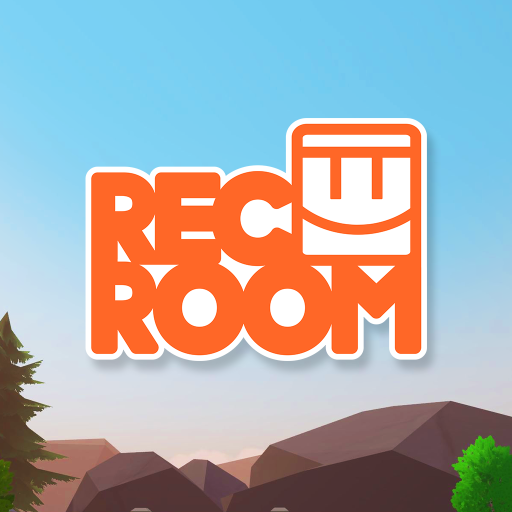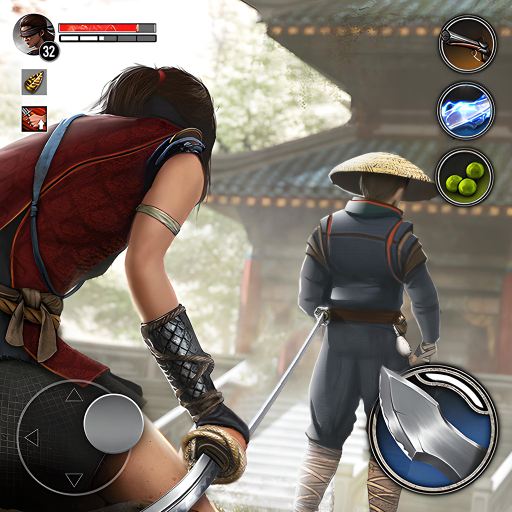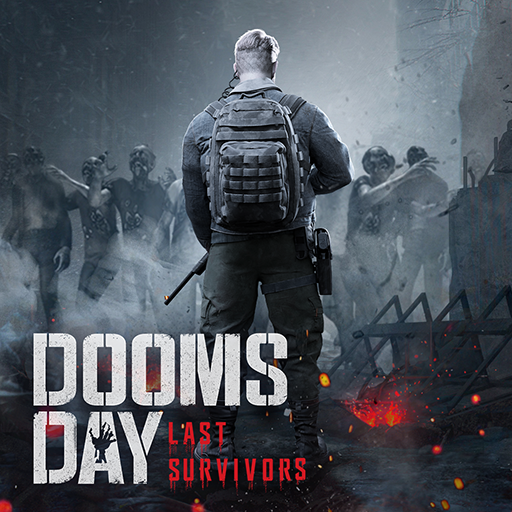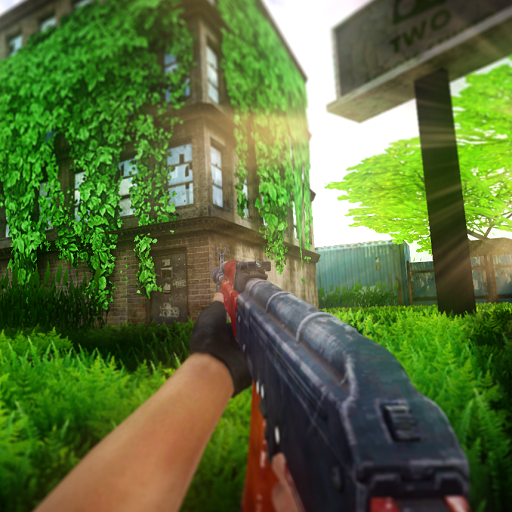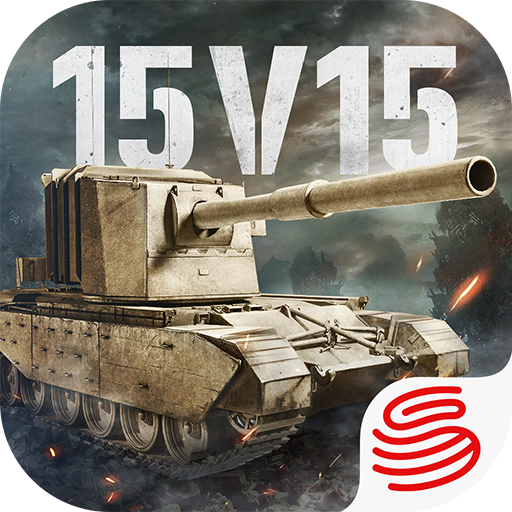In this article, I will be sharing an introduction to the world of Dragon Nest. As a multiplayer online role-playing game that focuses on action combat, Dragon Nest inherits the classic features of the series while innovating in gameplay and controls. This game emphasizes operability and introduces more complex dungeon mechanisms, greatly enriching the player's gaming experience. Players can enjoy fast and exhilarating battles as well as face high-difficulty dungeon challenges, testing their skills, teamwork, and strategy. Therefore, the "fun" of the game is not solely dependent on the combat system but also requires precise coordination and execution in terms of controls, positioning, and skill usage. So, is Dragon Nest really fun? Next, we will explore the charm of this game from multiple dimensions.

Firstly, the core gameplay of Dragon Nest revolves around "dodging." Compared to traditional action games, the game removes strict restrictions on dodge skills, allowing players to use them anytime and anywhere without any pre- or post-movement, increasing the freedom in combat. The invincibility time for dodges is extended, and the cooldown is shortened, enabling players to respond more flexibly to monster attacks and focus on mastering the battle rhythm. Thus, dodging becomes a crucial skill for players in the game.
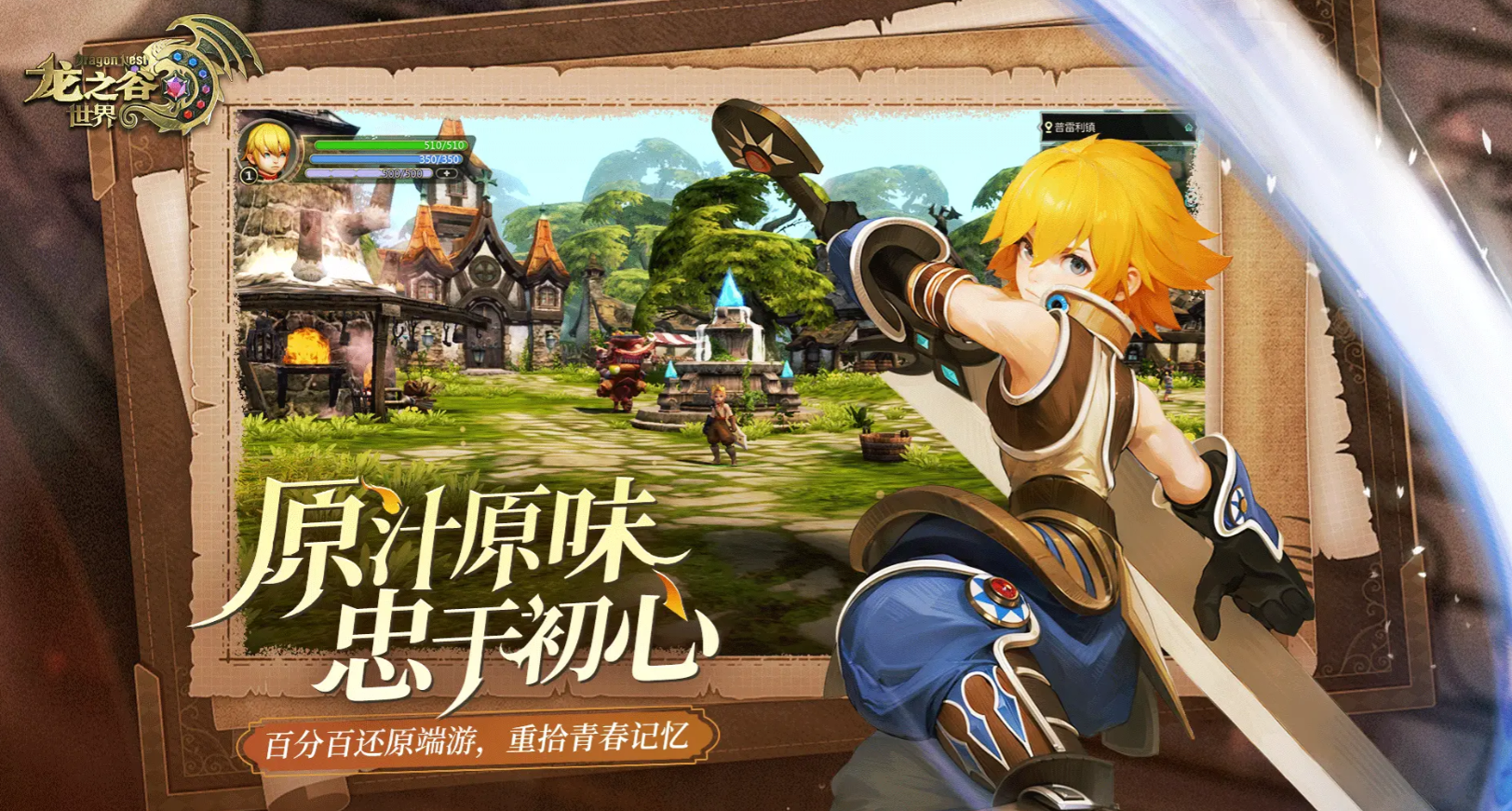
Beyond basic control techniques, dungeon design also demands strong team collaboration from players. Although dodging offers high flexibility, the monsters in dungeons have complex and varied attack patterns, requiring players to judge their positioning and movement based on these patterns. In dungeons, positioning becomes critical. Players need to be familiar with the monsters' attack methods and frequency to choose a position with lower survival pressure. As dungeons progress, positioning skills gradually become key to challenging them. By reasonably adjusting their positions, players can minimize damage while maximizing output.
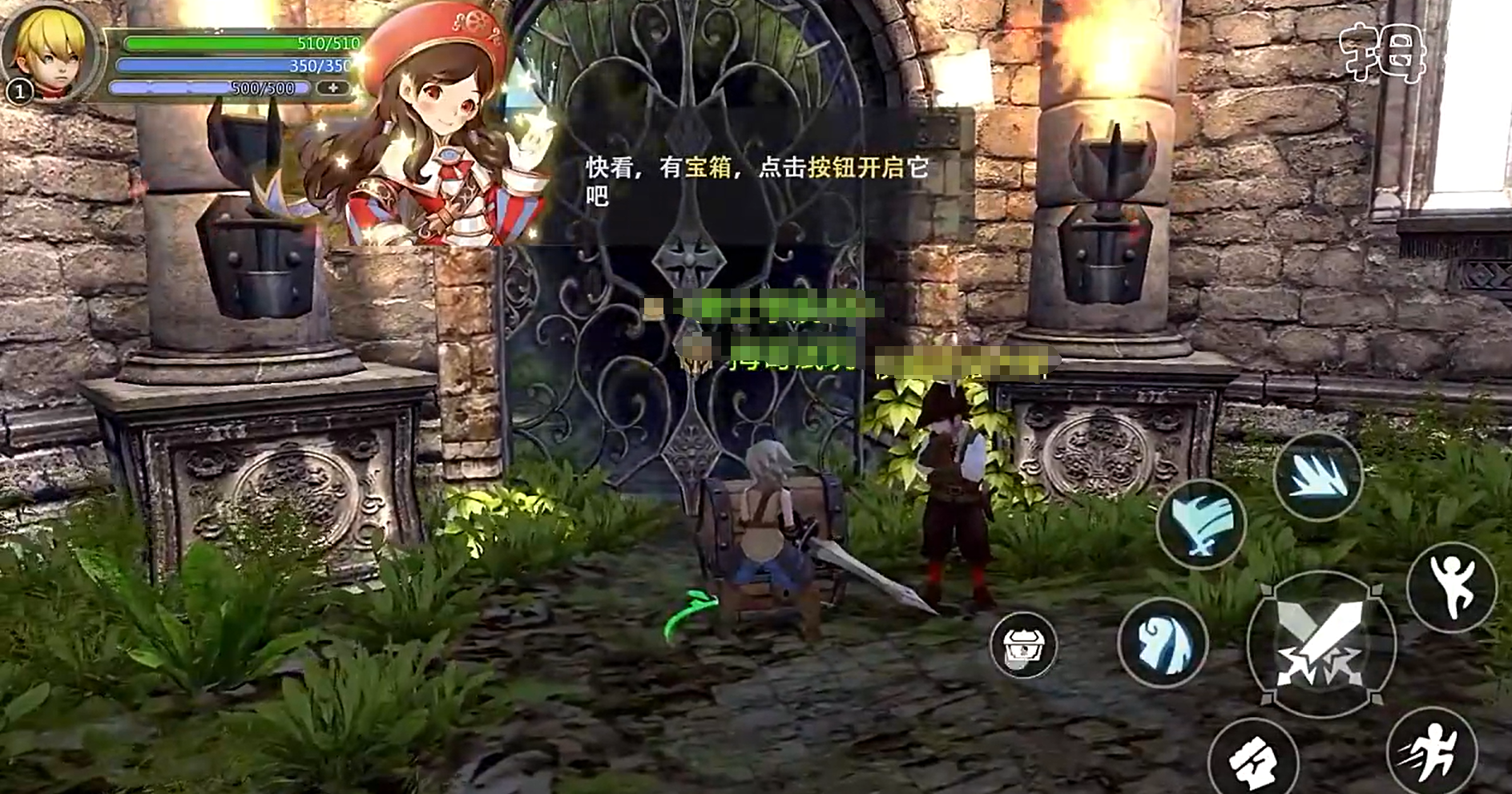
In combat, players also need to seize the recovery time after a monster's skill. After a monster uses a skill, there is usually a brief window, which is the best time for output. Top players, by being familiar with the recovery time of monster skills, can output without being attacked, thus maintaining an advantage in battle. This operation requires extremely high reaction speed and a deep understanding of the monster's skills. Seizing the recovery time for output ensures continuous damage while avoiding the need to use dodge skills due to sudden attacks.
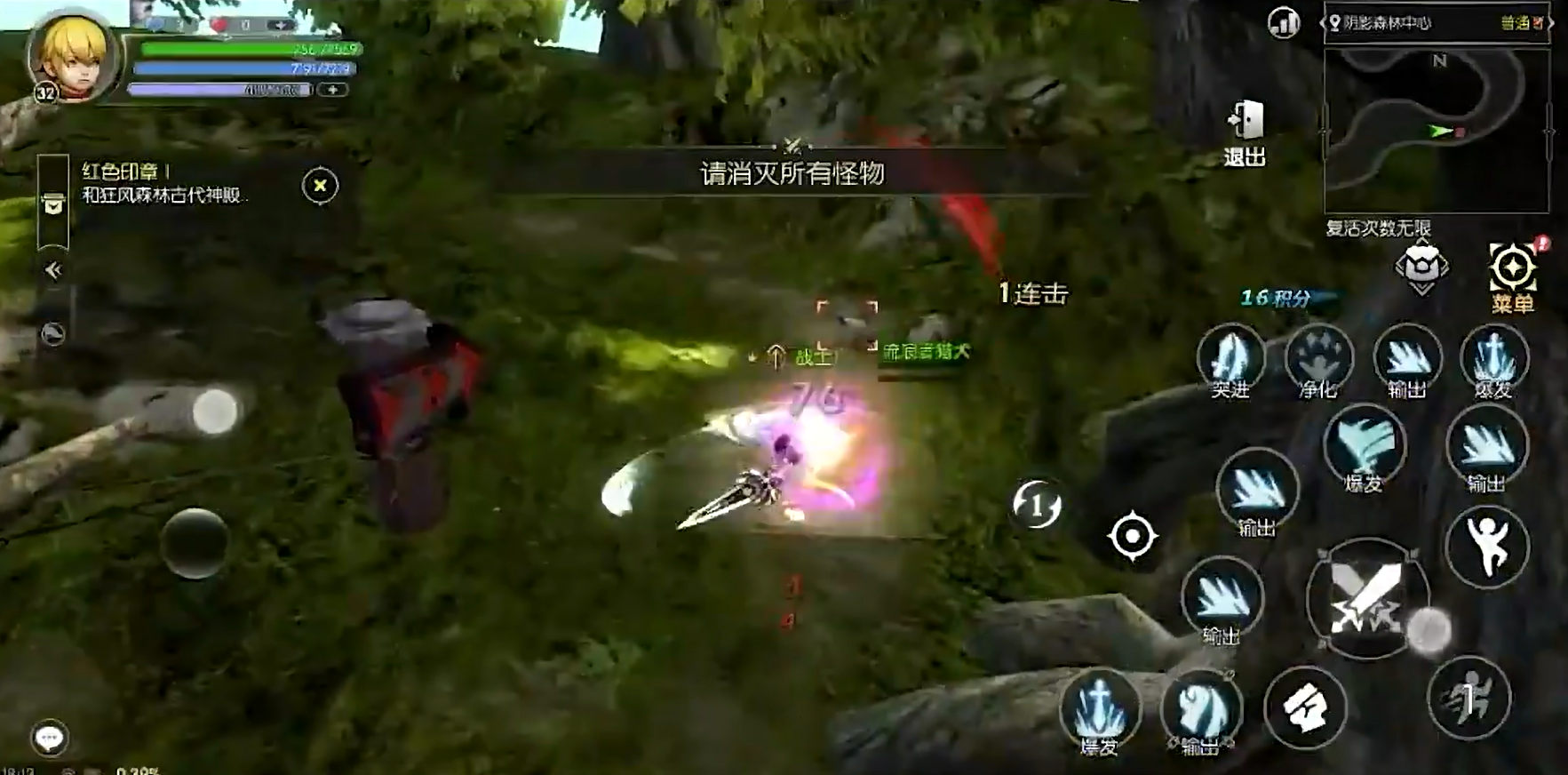
The most skilled players also need to master movement techniques. When facing a monster's skill, players must predict the timing of the skill, calculate its range, and then make corresponding movements or use displacement skills to avoid the attack. Movement not only tests the player's reaction speed but also requires quick judgment of the skill range and the gaps between monster attacks. Through precise movement and displacement skills, players can avoid most attacks and maintain high output efficiency.
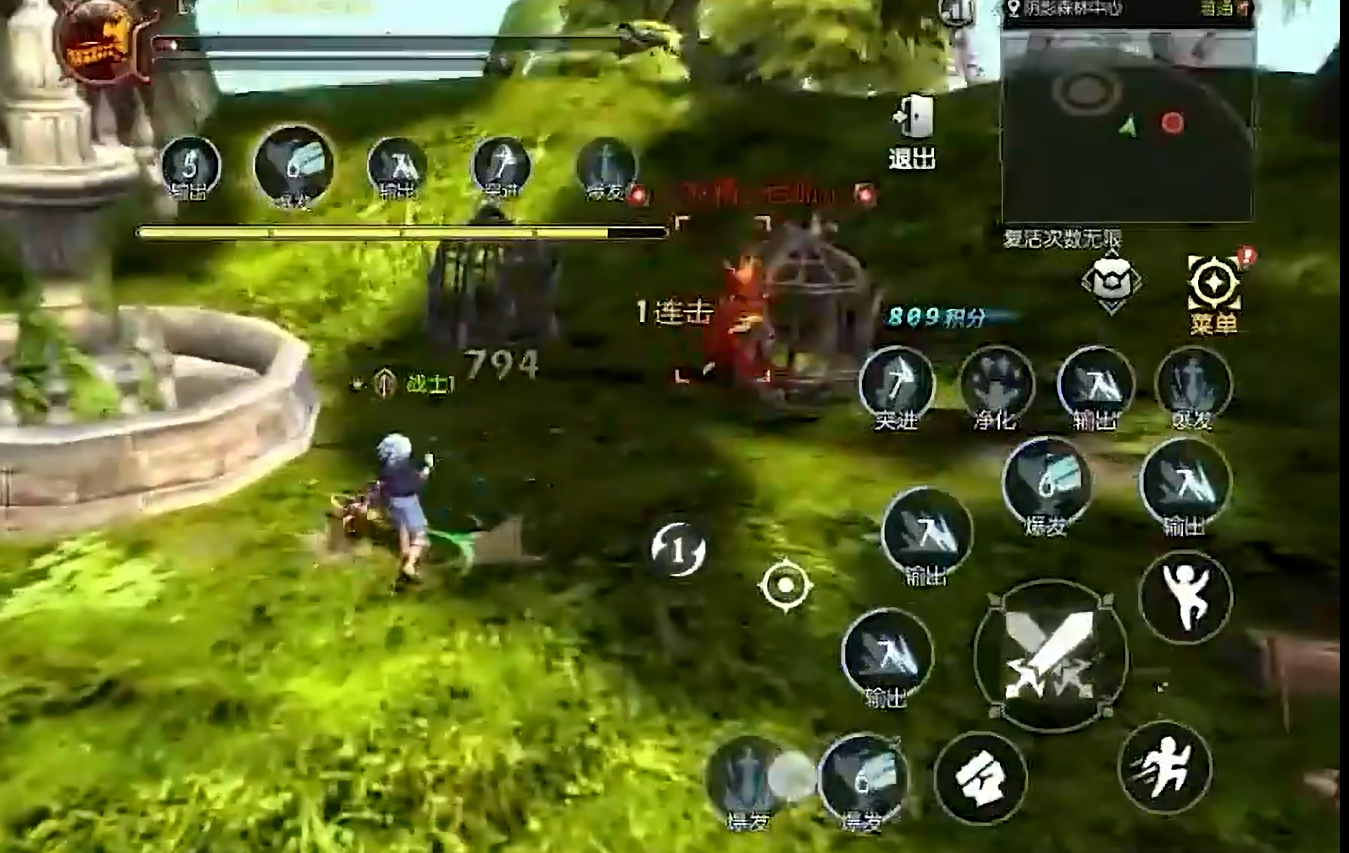
In summary, Dragon Nest is a game well worth investing in, especially for those who like to challenge themselves and pursue high-difficulty combat. The game is not just about fast-paced battles but also about how players cooperate with teammates in complex dungeons and use skills to deal with monster attacks. By mastering dodging, positioning, recovery, and movement, players can maximize their advantages in battle. For top players, this game will provide endless challenges and enjoyment.










